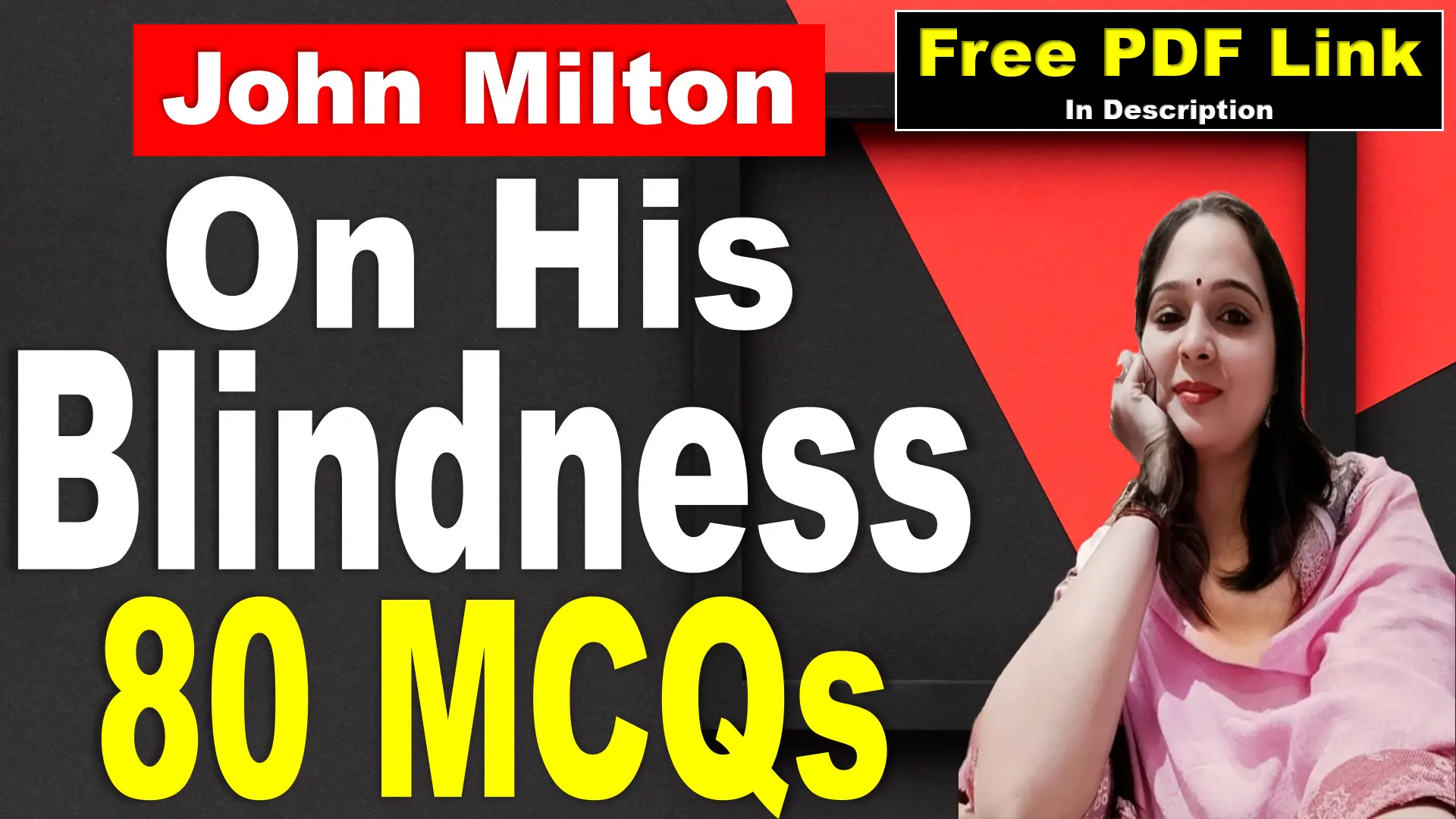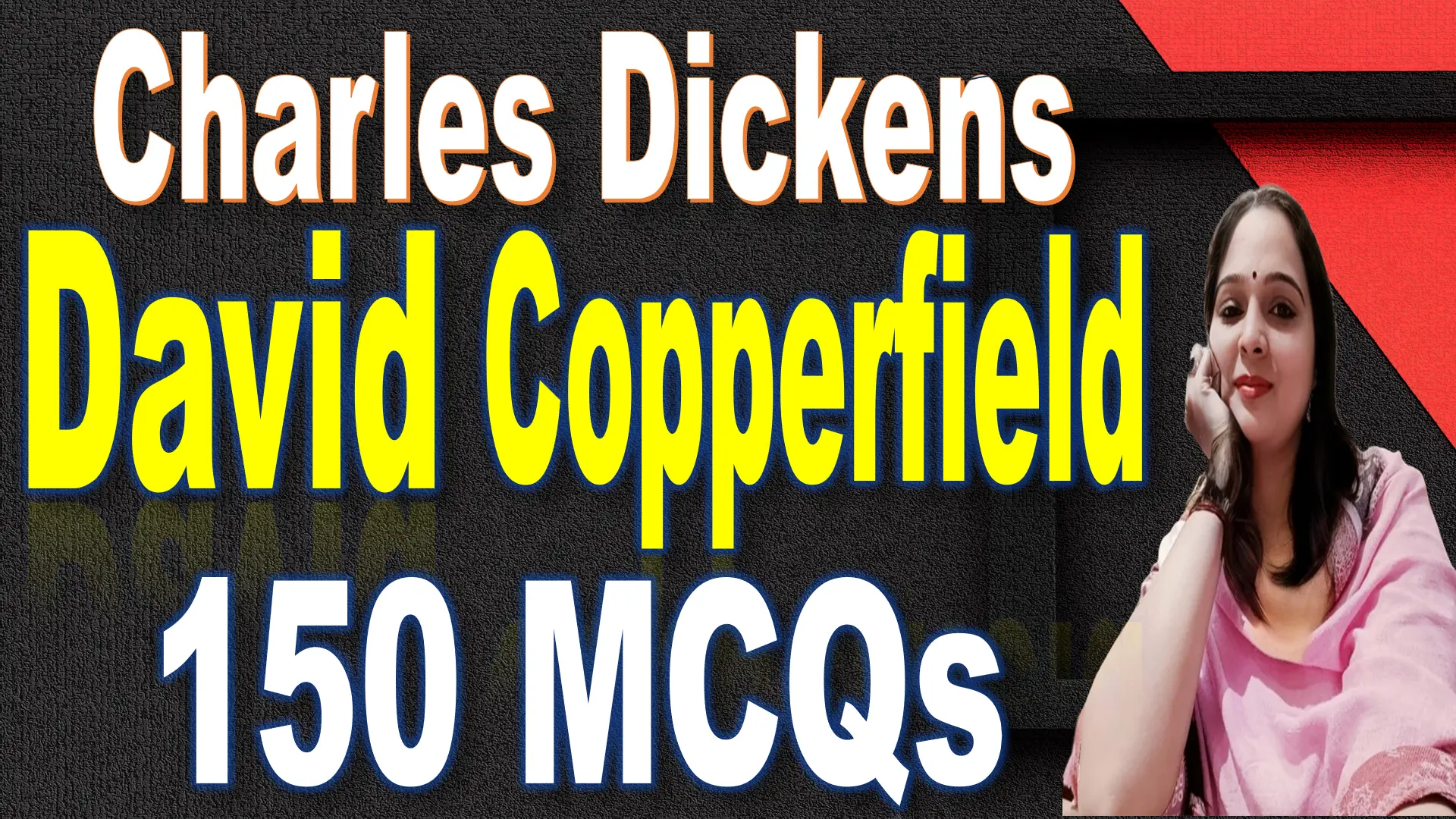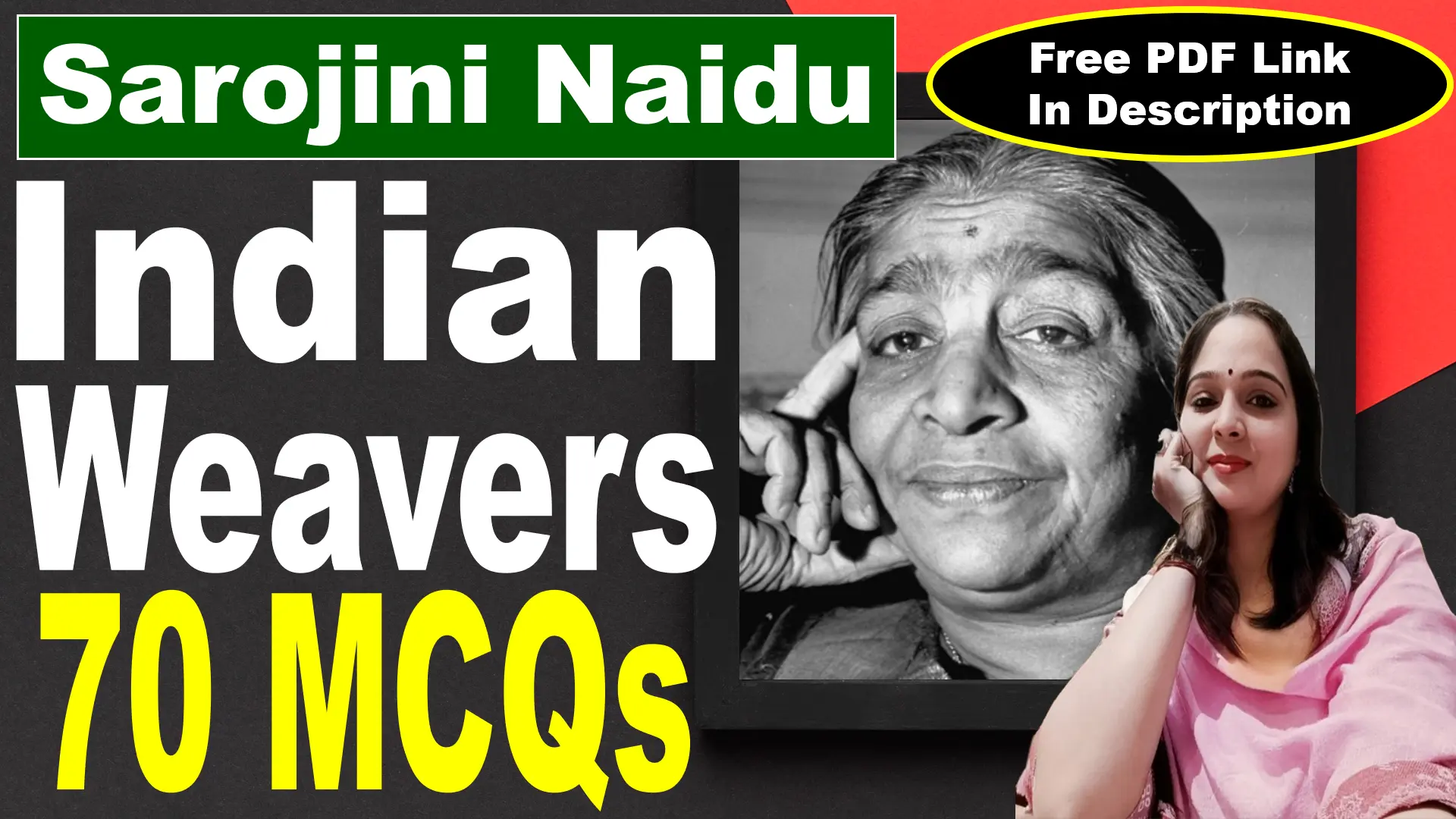
71. What genre does The Silver Box belong to?
a) Romantic drama
b) Social drama
c) Fantasy fiction
d) Historical epic
(Answer: b) Social drama
Explanation: The Silver Box is a social drama, meaning it focuses on realistic portrayals of social issues rather than fantasy, romance, or historical retellings. Social dramas are designed to provoke thought and inspire change, often tackling topics such as inequality, injustice, and corruption. Galsworthy’s play fits into this genre as it exposes the disparities in how the rich and poor are treated under the law.
72. Why does Galsworthy use irony in The Silver Box?
a) To create a comedic effect
b) To highlight the contradictions in justice for different classes
c) To make fun of politicians
d) To support the aristocracy
(Answer: b) To highlight the contradictions in justice for different classes
Explanation: Galsworthy employs irony to expose the contradictions in the justice system. The central irony of the play is that Jack Barthwick, a privileged young man, commits theft but faces no punishment, while James Jones, a poor man, is severely punished for a lesser crime. This contrast emphasizes the injustice of a legal system that claims to be fair but is actually biased. By using irony, Galsworthy forces the audience to recognize the flaws in the system and question their own perceptions of justice.
73. What was Galsworthy’s broader goal in writing The Silver Box?
a) To encourage violent revolution
b) To entertain with a lighthearted story
c) To make audiences aware of class injustice
d) To support the monarchy
(Answer: c) To make audiences aware of class injustice
Explanation: Galsworthy wrote The Silver Box to raise awareness about class injustice and to challenge the audience’s perceptions of fairness. He did not aim to incite violence or entertain with a lighthearted story—instead, he wanted people to reflect on the inequalities in society. His goal was to spark discussion and inspire reform, making it clear that justice should not be influenced by wealth or social status.
74. What other famous work was written by John Galsworthy?
a) The Importance of Being Earnest
b) The Forsyte Saga
c) Pygmalion
d) Major Barbara
(Answer: b) The Forsyte Saga
Explanation: The Forsyte Saga is Galsworthy’s most famous work, a multi-generational novel series that explores themes of wealth, power, and societal change. Unlike The Silver Box, which focuses on legal injustice, The Forsyte Saga delves into the conflicts within an upper-class British family. Option (a) and (c)—The Importance of Being Earnest and Pygmalion—were written by Oscar Wilde and George Bernard Shaw, respectively, while (d) Major Barbara was also a work of Shaw.
75. When was John Galsworthy born?
a) 1858
b) 1867
c) 1872
d) 1885
(Answer: b) 1867
Explanation: John Galsworthy was born on August 14, 1867, in Kingston upon Thames, England. Coming from a wealthy and well-educated family, he studied law at Oxford University but later turned to writing. His works focused on class struggles, social injustice, and the corruption of the legal system. His privileged background allowed him to observe and critique the upper class from an insider’s perspective, making his works especially powerful in their critique of class inequality.
76. What is John Galsworthy best known for?
a) Writing detective fiction
b) Writing social dramas and novels criticizing class inequality
c) Writing poetry about war
d) Writing fantasy novels
(Answer: b) Writing social dramas and novels criticizing class inequality
Explanation: Galsworthy is best known for his social dramas and novels that critique class inequality. His plays and novels exposed the injustices faced by the working class, particularly in relation to the legal system and social hierarchy. Works like The Silver Box and Justice reveal the hypocrisy of the upper class and the struggles of the poor. Unlike detective fiction, war poetry, or fantasy, his works were grounded in realism, exposing the inequalities of early 20th-century Britain.
77. Which famous literary award did John Galsworthy win?
a) The Booker Prize
b) The Nobel Prize in Literature
c) The Pulitzer Prize
d) The Academy Award for Writing
(Answer: b) The Nobel Prize in Literature
Explanation: John Galsworthy was awarded the Nobel Prize in Literature in 1932 for his outstanding contributions to literature, particularly his realistic portrayal of British society. His works, including The Forsyte Saga and The Silver Box, demonstrated his deep understanding of class struggles and legal corruption. The Nobel Prize recognized his ability to critique social norms while maintaining strong literary craftsmanship, making him one of the most influential British writers of his time.
78. In what year did John Galsworthy receive the Nobel Prize in Literature?
a) 1915
b) 1920
c) 1932
d) 1945
(Answer: c) 1932
Explanation: Galsworthy was awarded the Nobel Prize in Literature in 1932, shortly before his death in 1933. His recognition was based on his socially conscious literature, which exposed the flaws of British society, particularly class divisions and legal biases. Despite his success, he was too ill to attend the award ceremony. His legacy in literature remains strong, especially due to works like The Forsyte Saga, which continues to be studied and adapted into films and TV series.
79. What was Galsworthy’s profession before becoming a full-time writer?
a) Doctor
b) Lawyer
c) Engineer
d) Politician
(Answer: b) Lawyer
Explanation: Before becoming a full-time writer, Galsworthy trained as a lawyer. He studied at Oxford University and was called to the Bar in 1890, but he never practiced law. His legal studies, however, gave him a strong understanding of the justice system, which he later critiqued in plays like Justice and The Silver Box. His background in law made his critiques of legal corruption more informed and impactful, adding authenticity to his social dramas.
80. When did John Galsworthy pass away?
a) 1918
b) 1925
c) 1933
d) 1940
(Answer: c) 1933
Explanation: Galsworthy passed away on January 31, 1933, shortly after receiving the Nobel Prize in Literature. He suffered from a brain tumor and was too ill to accept the award in person. His death marked the end of a career dedicated to exposing social injustices, but his works continued to influence literature, law, and social reform movements. His legacy remains in the form of his novels and plays, which are still widely studied and adapted today.





